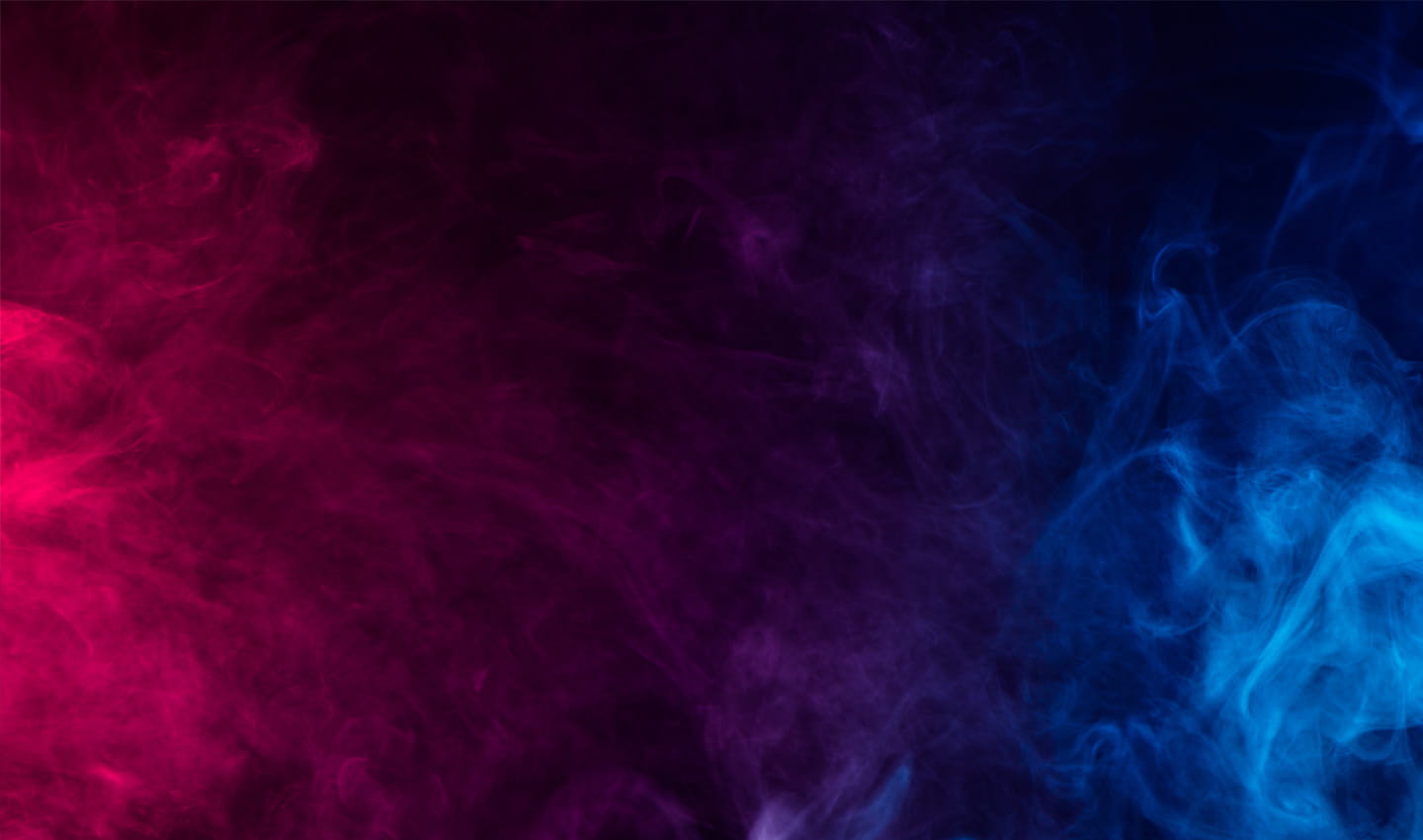


buying-market.com
This domain name registration has expired.
If you are the domain owner, please contact support@epik.com to get the renewal taken care of.



